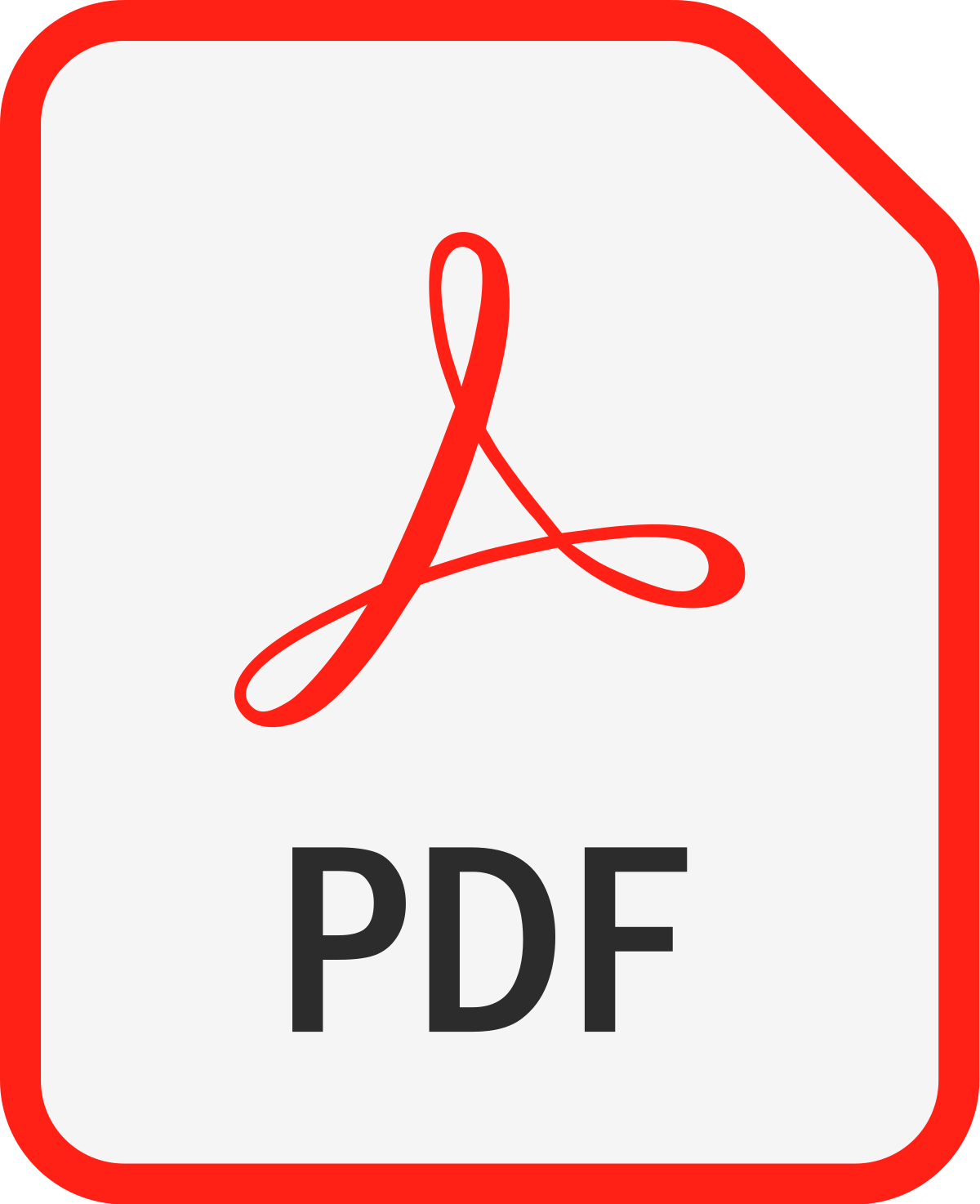Artikeldetails
Hilke Elsen: Morphologie und Kognitive Grammatik (MU)

Produkttyp: Beitrag (Zeitschrift)
Autor(in): Hilke Elsen
Titel: Morphologie und Kognitive Grammatik
Publikation in: Muttersprache, 119. Jahrgang, Heft 4
Seiten: 259–277 (19 Seiten)
Erschienen: 15.12.2009
Abstract: siehe unten

Preis: 4,90 € inkl. MwSt.
(Download)
Abstract
Warum sind Komposita so überaus zahlreich? Warum kommt es aktuell in einigen Bereichen des
Deutschen zu immer mehr Zusammenbildungen, während wir die implizite Derivation aufgegeben
haben? Warum heißen Schmerzmittel Benuron, Buscopan, Aspirin oder Eudorlin, aber nie
Schlupseli?
Nach einem kurzen Abriss zur Geschichte der Morphologie werden in diesem Artikel Beobachtungen
und Erkenntnisse aus neurobiologisch orientierten und prototypischen Ansätzen mit Prinzipien der
Kognitiven Grammatik vereint und anhand aktueller morphologischer Erscheinungen demonstriert.
Auf diese Weise sollen Erklärungen für periphere und neue Entwicklungen im Deutschen gesucht
werden.
Why are compounds so numerous? Why do we coin more and more synthetic compounds,
but only in certain varieties? Why did we give up implicit derivation? Why do we call pain-killers
Benuron, Buscopan, Aspirin or Eudorlin, but never Schlupseli?
To answer these questions, the article presents a short summary of the history of morphology,
followed by several observations and findings stimulated by neurological and prototypical
approaches. It is shown how they lead to the conception of Cognitive Grammar. Various rare and
new trends in the creation and use of German complex words might better be understood in the
light of CG.